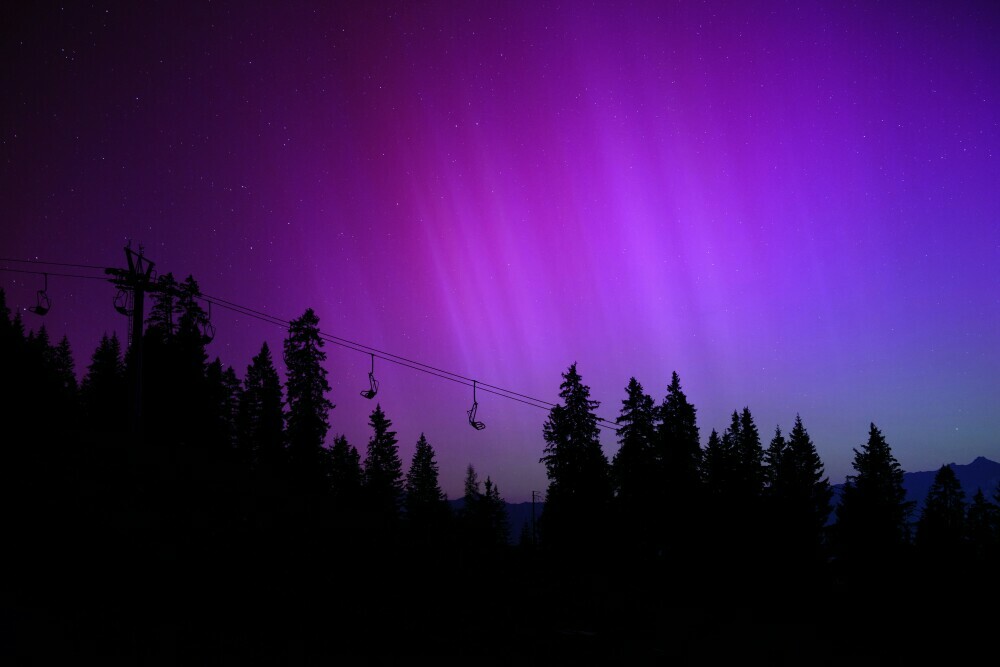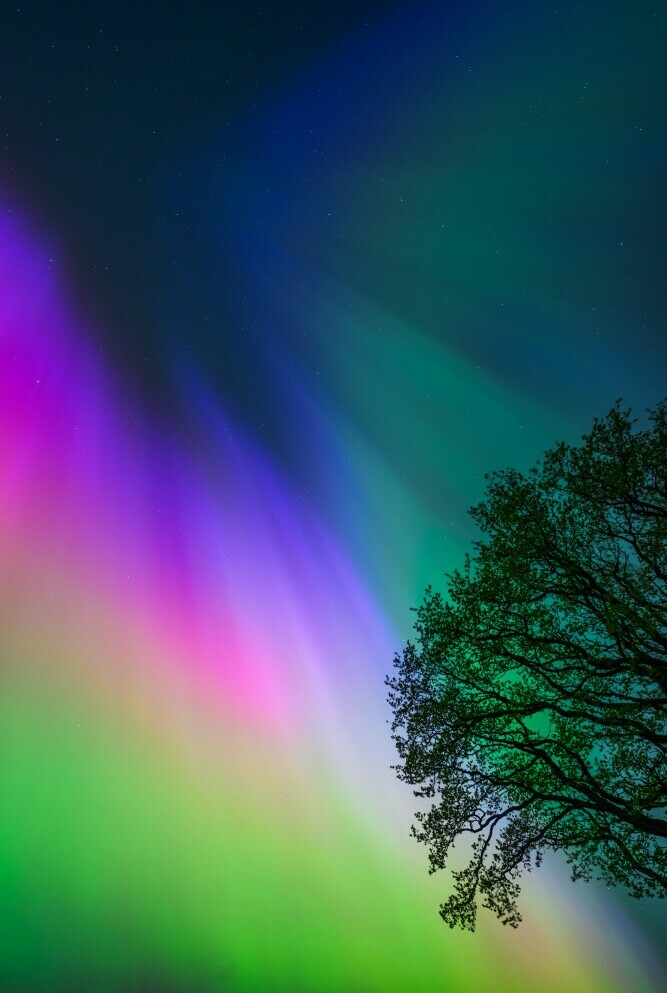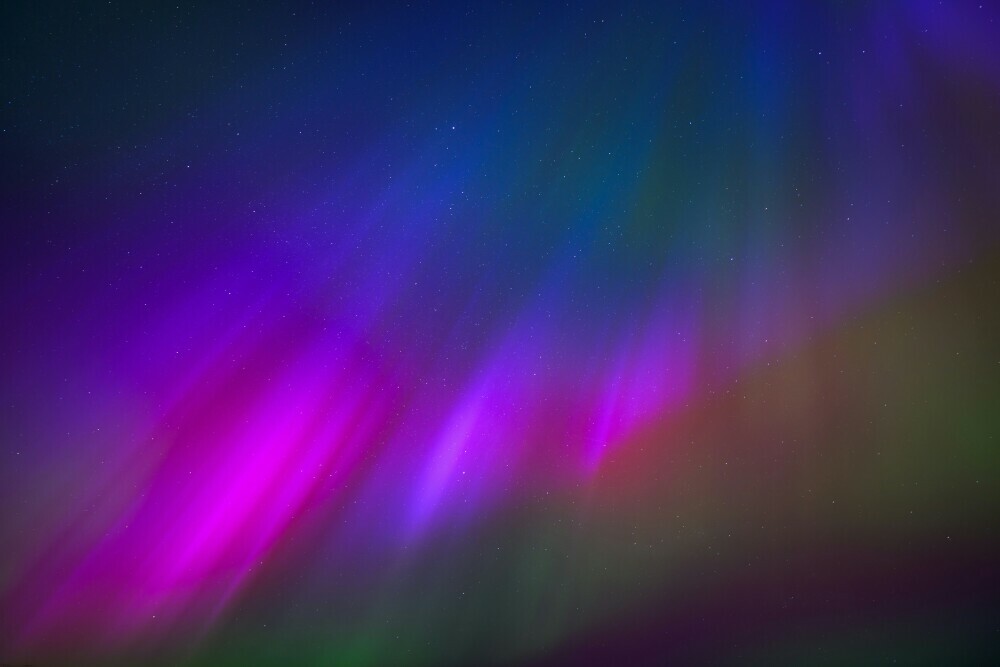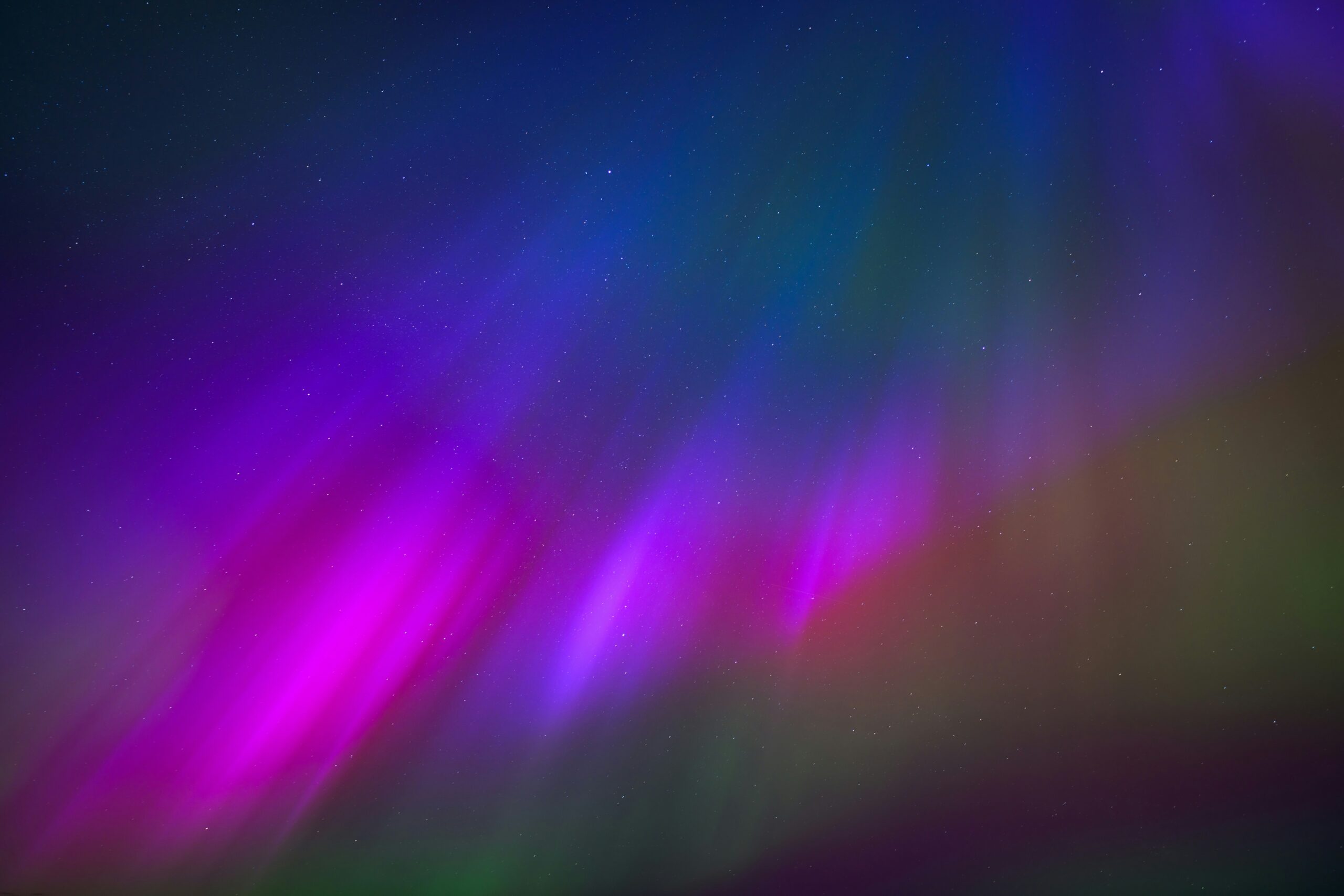 Joshua Kettle (2024) Garmisch-Partenkirchen, Germany [Photograph] Unsplash
Joshua Kettle (2024) Garmisch-Partenkirchen, Germany [Photograph] Unsplash
As winter’s chill wanes and gives way to spring’s renewal, there’s a natural marvel that doesn’t quite follow the same seasonal script as blooming flowers or nesting birds. Instead, it dances across the sky with a luminescence that captivates those lucky to witness it. I’m talking, of course, about the spring northern lights, a phenomenon as mystical as it is scientific.
While many might associate the spectacle of the Aurora Borealis with the depths of winter’s darkest nights, spring ushers in its unique brand of this celestial show, Springtime Aurora Displays offer a refreshing perspective on this natural light display as the nights begin to shorten. The temperatures rise, making the experience more accessible and inviting to those who may have been deterred by the cold of winter.
Timing, as they say, is everything. This adage holds particularly true regarding catching the Best Time for the northern lights in Spring. The equinox marks a time of increased geomagnetic activity, which can mean more frequent and vivid displays for aurora chasers. Planning your Aurora Borealis Spring adventure with an eye on the calendar is not just important; it’s critical. Being well-informed about the best times to witness this natural wonder can significantly enhance your experience.
Whether you’re an avid night sky photographer, a lover of nature’s greatest shows, or a curious traveler, understanding the Spring Northern Lights’ rhythms can enhance your appreciation and increase your chances of witnessing this enchanting display. So, how exactly does springtime alter the Northern Lights we’re more accustomed to seeing in winter, and what causes these shifts? The following section will illuminate the phenomena behind the Aurora Borealis Seasonal Changes.
A Seasonal Spectacle: Aurora Borealis Seasonal Changes
 Jon Asleeb (2020) Alpspitz, Garmisch-Partenkirchen, Germany [Photograph] Unsplash
Jon Asleeb (2020) Alpspitz, Garmisch-Partenkirchen, Germany [Photograph] Unsplash
Recognizing the seasonal patterns is crucial if you’re keen to understand the Northern Lights. The phenomenon, also known as the Aurora Borealis, isn’t static. It flourishes under a specific universal ballet. As spring unfolds, the Aurora Borealis undergoes captivating changes influenced by Earth’s position relative to the sun and the solar cycle.
The lights are caused by particles from the sun striking the Earth’s atmosphere. In spring, this interplay becomes even more pronounced due to the tilt of the Earth’s axis. It’s a period when the solar activity that fuels the auroras can increase, leading to more frequent and vivid displays that paint the night sky.
The equinox in March is particularly significant. Around this time, the tilt of the Earth’s axis is such that the magnetic field is aligned in a way that can create more intense and widespread auroras. For this reason, the Spring Equinox is often hailed as a prime time to observe the Northern Lights.
Incorporating ‘Aurora Borealis Seasonal Changes’ dynamically into the conversation can help emphasize the fluidity of this natural marvel. The term captures the essence of the auroras’ variability and aligns perfectly with the topic discussed, ensuring a seamless and natural incorporation of the keyword for optimal engagement.
Capturing the Dance: Spring Aurora Photography Tips
 Kristaps Ungurs (2024) Latvia [Photograph] Unsplash
Kristaps Ungurs (2024) Latvia [Photograph] Unsplash
Photographing the Aurora Borealis is an aspiration for many photographers. It’s not just point-and-shoot; capturing the dance of lights requires thoughtful preparation and understanding of your equipment. Spring Aurora Photography presents a fantastic opportunity to photograph the phenomenon in slightly warmer weather compared to the harsh winter months.
To start, let’s talk gear. A camera that allows manual control over settings like exposure, aperture, and ISO is necessary. A tripod is non-negotiable, too, as it keeps your camera still for the long exposures needed. Next up is choosing the right lens. A wide-angle lens with a large maximum aperture, such as f/2.8 or even more comprehensive, will let in enough light to reveal the auroras’ glorious details.
Location matters as much as the technicalities. While finding an ideal spot for the Northern Lights in Spring might require some travel, seek areas far from light pollution, with clear, unobstructed sky views. This could mean a night spent away from city lights, perhaps on the shores of a remote lake or high on a mountain pass.
The next step is critical: ethical and sustainable photography practices. This means staying on marked trails to protect fragile ecosystems, respecting wildlife, and leaving no trace of your presence behind. By caring for our natural environment, we ensure that the springtime dance of the Northern Lights continues unspoiled for future generations.
When you’ve set up, patience is your ally. Photography is often a waiting game, especially with the elusive aurora. Use apps or websites that forecast aurora activity to increase your chances, but know that nature offers no guarantees. When the lights appear, start with a long exposure and fine-tune your settings as the display evolves. Remember, no two auroras are the same; each is a once-in-a-lifetime event waiting to be immortally captured by your lens.
Unforgettable Journeys: Northern Lights Spring Adventures
 Kristaps Ungurs (2024) Latvia [Photograph] Unsplash
Kristaps Ungurs (2024) Latvia [Photograph] Unsplash
As the daylight stretches and the air hints at warmer days, embarking on spring adventures searching for the Northern Lights presents a unique reward for those willing to venture into the night. Planning is essential to capture the grandeur of the aurora borealis at this time of year. Consider the geographic latitude of your destination; areas within the auroral oval offer the best probability of witnessing the celestial display.
When considering Northern Lights Spring Adventures, prioritize locations with clear, dark skies and minimal light pollution. Places like Fairbanks, Alaska, or Troms, Norway, are highly regarded and offer infrastructure that caters to aurora watchers. Embark with a guide who understands science and folklore; their insights can transform a simple viewing into a memorable tale.
For those new to Aurora-watching or even seasoned stargazers, I cannot stress enough the value of local expertise. Utilize Spring Aurora Watching Tips provided by professionals to enhance your experience. Dress warmly, be patient, and occasionally set the camera aside to immerse yourself in the silent dance above fully.
Beyond the thrill of the chase, Northern Lights Spring Adventures are about connection — with nature, culture, and oneself. As each green wisp paints the sky, you’ll find that pursuing the aurora in spring isn’t merely about the spectacle; it’s about the stories you’ll return with and the sense of wonder that will linger long after the lights have faded.
(This post may contain affiliate links. If you make a purchase, I may receive a small commission at no cost to you. Thank you!)

